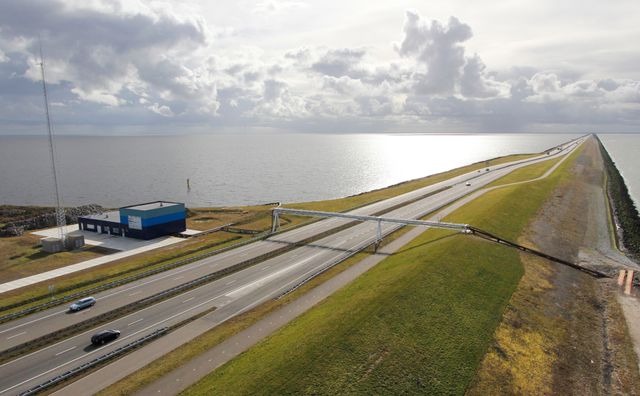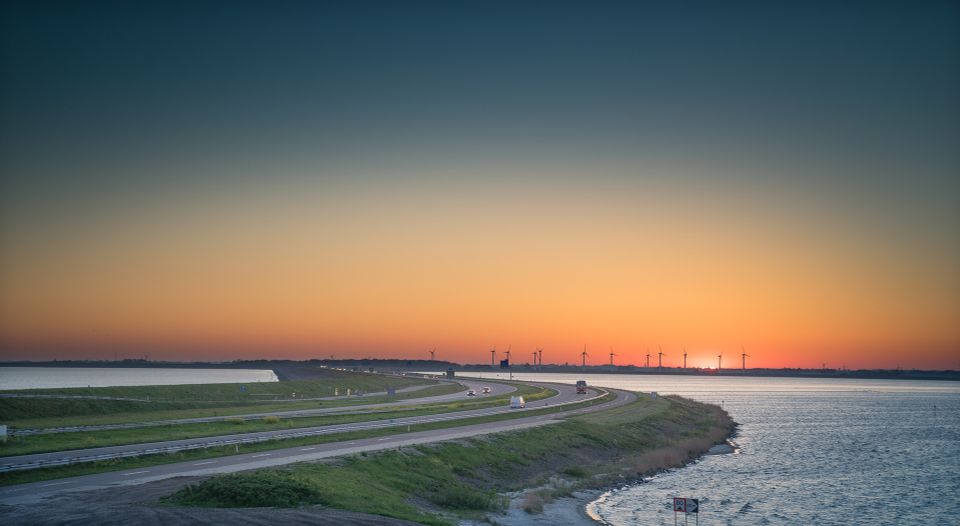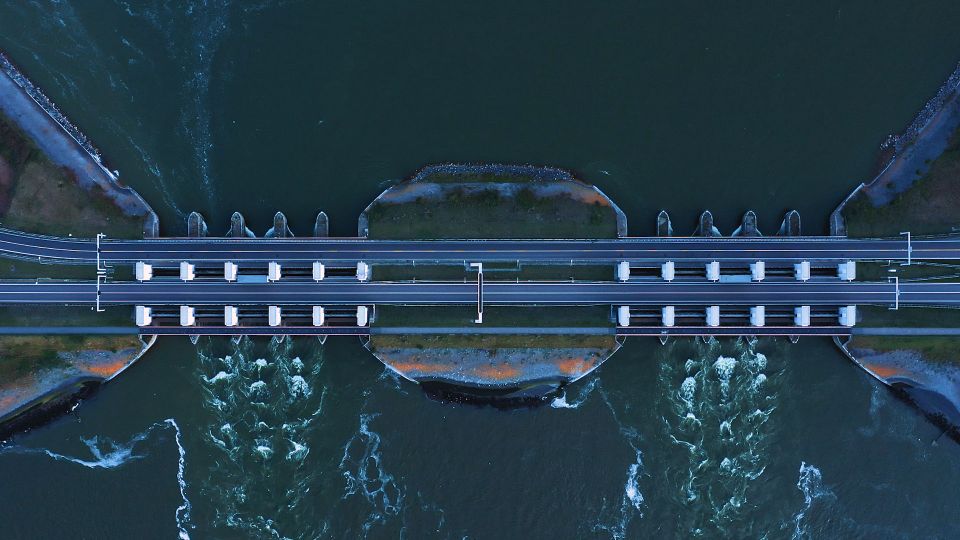The Afsluitdijk
You enter Waterland van Friesland via the iconic Afsluitdijk, an important dike that protects all areas along the former Zuiderzee coast from flooding. And that was a very practical and smart thing to do, as the entire Zuiderzee coast was 400 km long. Strengthening the dike would therefore have required much more work and effort than building the Afsluitdijk. In these times of climate change and rising sea levels, the dike is being renewed. It is reinforced and the sluice capacity is increased. The dike is also becoming more than ever a place for a sustainable future.
From sea to lake
The 32-kilometre-long Afsluitdijk, built between 1927 and 1933, connects Friesland with Noord-Holland. The construction of the dike was part of the Zuiderzee works. These works consisted of damming the (salt water) Zuiderzee to turn it into the (fresh water) IJsselmeer, as well as the construction of the IJsselmeer polders. The Zuiderzee works are among the largest hydraulic engineering projects ever carried out. It is often said with a nudge and a wink that when the Afsluitdijk was built, the Frisians worked harder than the Dutch, as the Frisian section is longer. Frisians are secretly quite proud of this. But it was the Dutch who crossed the dike first.
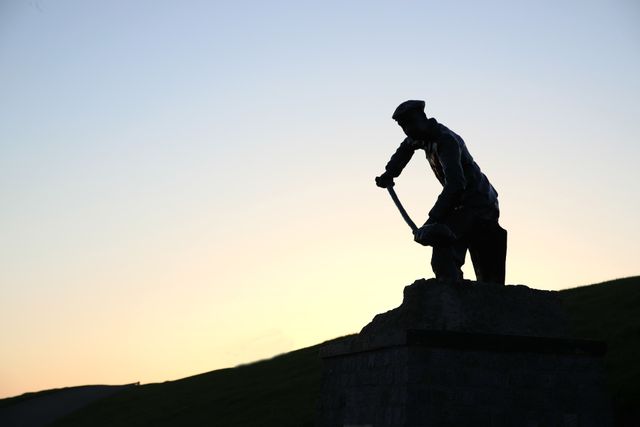
The first woman to cross the Afsluitdijk
We’d love to tell you about the legendary woman Grietje Bosker. She was present on 28 May 1932 when – under the watchful eye of many dignitaries – the last gap in the Afsluitdijk (De Vlieter) was officially sealed. As soon as the last bucket of mud was emptied, ship sirens and steam whistles screamed and wailed. Grietje Bosker didn’t hesitate for a moment and ran together with her brother Jannes and a dike worker to the Frisian side. Images of her ‘fifteen seconds of fame’ made the national press and newsreels. At the 25th anniversary celebration of the Afsluitdijk in 1957, Grietje Bosker once again stood at the last gap: an elegantly dressed lady from Wieringen who received a floral tribute from the Queen’s Commissioners of Friesland and Noord-Holland. Grietje Bosker died on Queen’s Day 1991 in her home town Hippolytushoef at the grand old age of 96. Her headstone states: ‘The Afsluitdijk was her delight’.
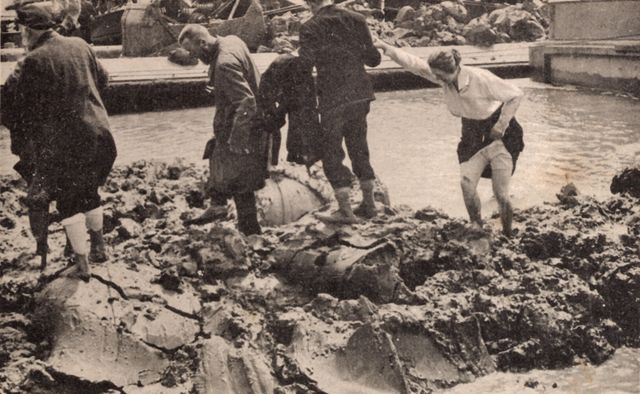
Gates of light
Driving along the Afsluitdijk in the evening, you cannot fail to notice the new futuristic work of art ‘Gates of Light’ by Daan Roosegaarde. The monumental Art Deco style locks from 1932 have been restored to their former glory. After the restoration, small prisms were placed on the sluice gates. These reflect the light of passing cars, illuminating the characteristic contours of these structures.
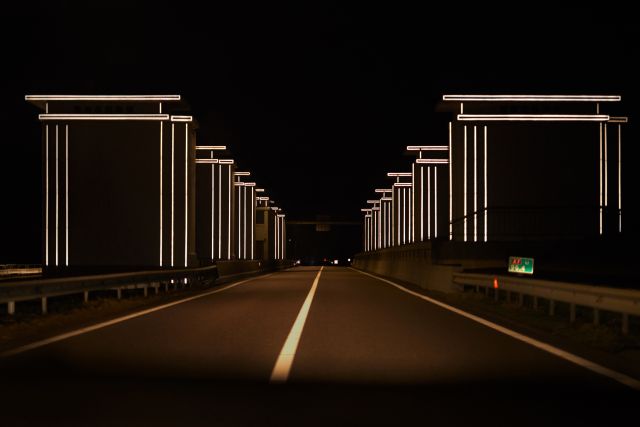
Afsluitdijk Wadden Center
The brand new Afsluitdijk Wadden Center is situated near Kornwerderzand. Here you can learn more about the Wadden Sea (a UNESCO World Heritage Site), the unique fish migration river, the IJsselmeer region and of course the developments on and around the dike itself in an interactive manner. The Center paints a vivid picture of both the area around the Afsluitdijk and the other hydraulic engineering and innovative projects that will be realised here in the coming years. Visit the exciting 4D show and take a breathtaking flight high above the landscape in a hang-glider. Or enjoy a cup of coffee in the restaurant with a panoramic view of the IJsselmeer. For children there is a play area and drawing table, and a special treasure hunt for Bobby Fish. In short, a great place for young and old for an unforgettable experience that focuses specifically on life and water.
Visit the Afsluitdijk Wadden Center
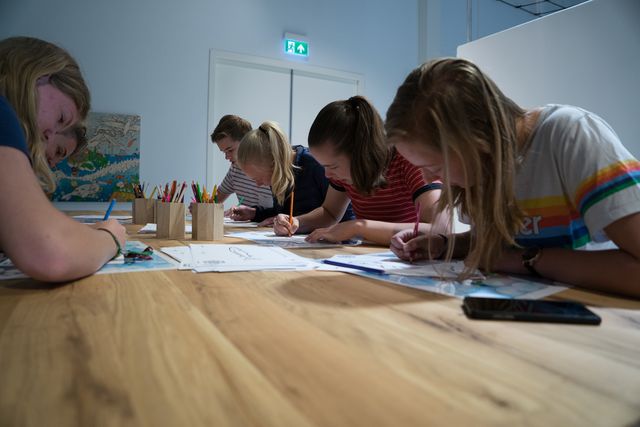
Blue energy for the future
Halfway along the Afsluitdijk there is a blue building, which is a pilot installation for Blue Energy. Empirical knowledge is gained here about generating energy from water. Blue Energy can be used wherever (fresh) river water flows into the (salty) sea. The salt water and fresh water are passed along very thin skins, called membranes, creating a difference in voltage that is converted into electrical energy. Because water continues to flow day and night, Blue Energy is a particularly reliable, sustainable and CO2 free technology for generating power. The pilot power plant has yielded so much useful information that there are now more concrete plans for a larger Blue Energy power plant. There is a Blue Energy demonstration model at the Afsluitdijk Wadden Center. For a future in which we can continue to power forward.
